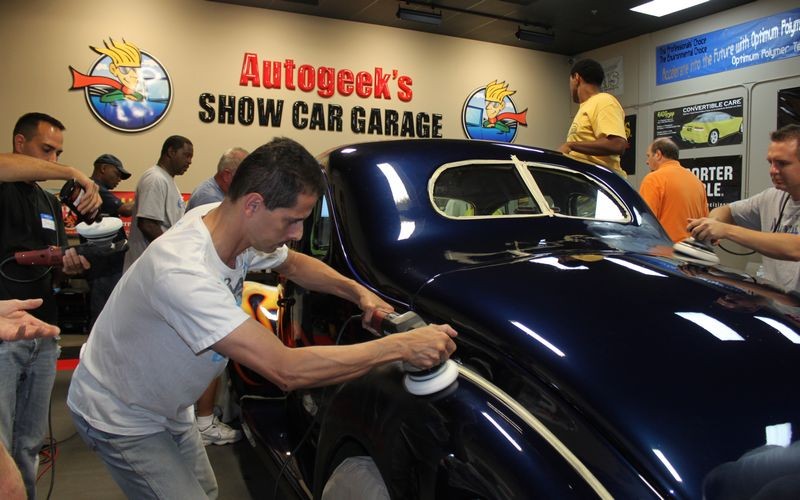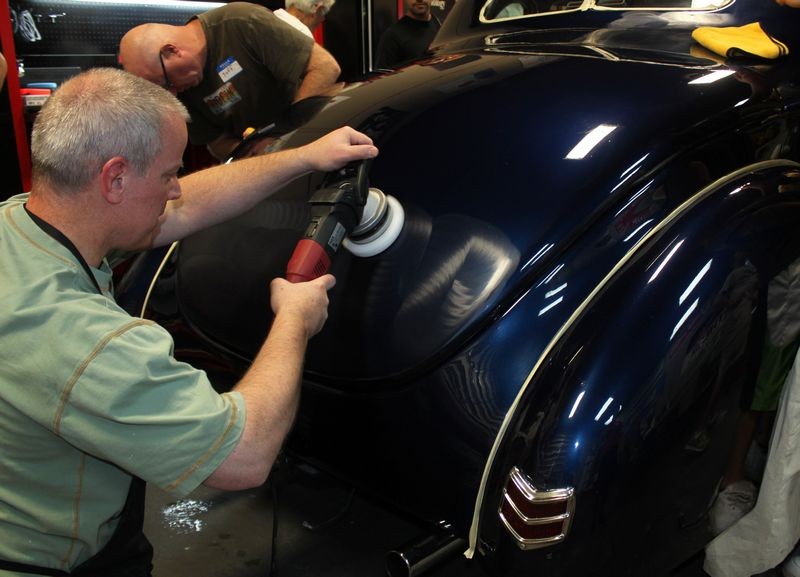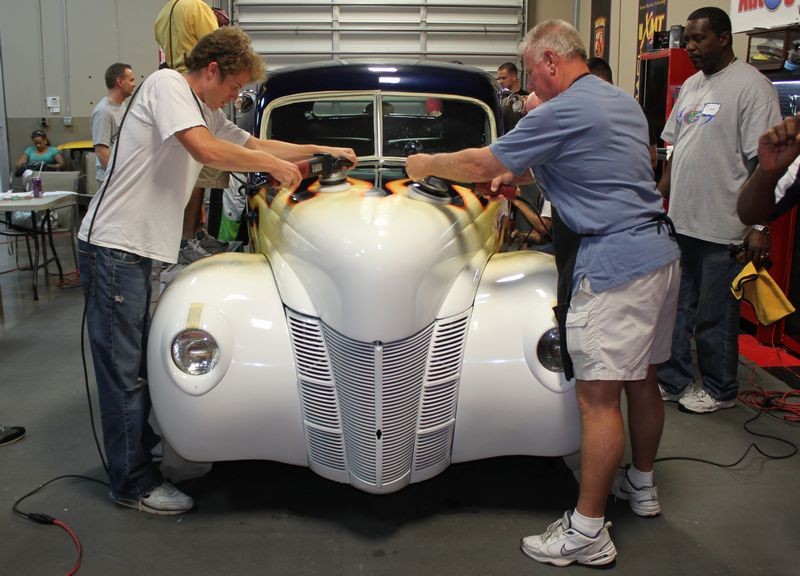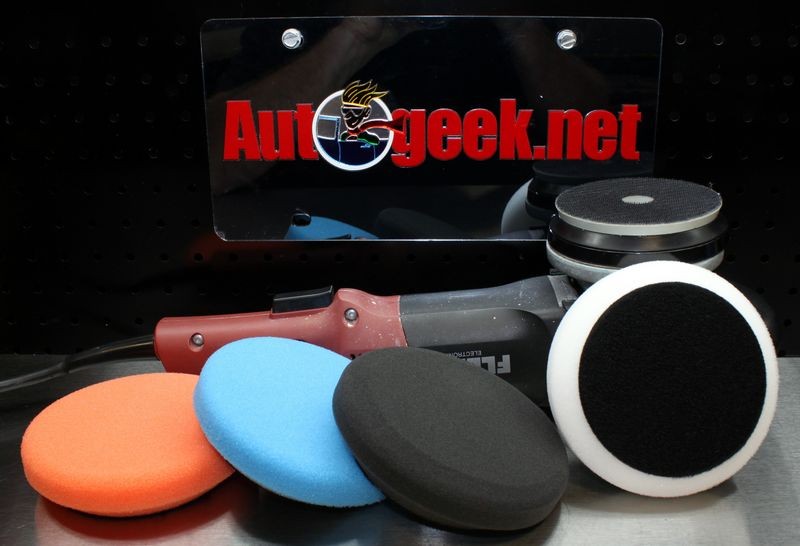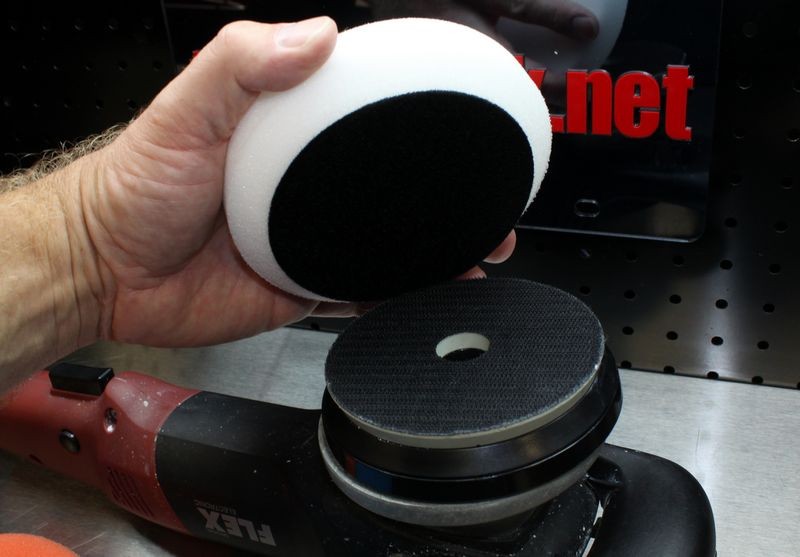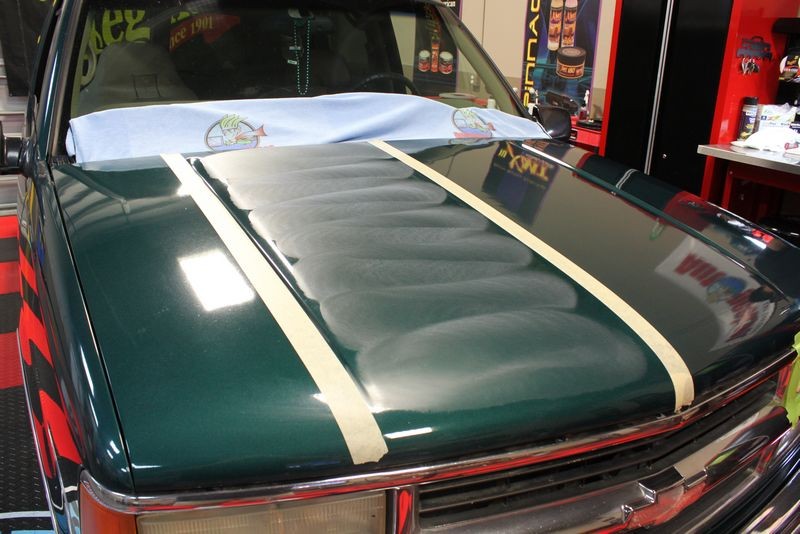Yamasixx
New member
- Jun 28, 2012
- 71
- 0
Ok...I'm ready to expand my horizons. Guess I want to get the best shine in a shorter amount of time, so here's the deal.
1. I'm a complete noob on Electric polishers. I've always cleaned the crap out of my cars but always by hand.
2. Choices are between the 7424xp or a Cyclon Pro. I've read quite a bit on both of them but wanting some opinions on what would be best for me and why.
3. My DD is a 05' Tacoma DC in Radiant Red. It looks good from a distance but it has some pretty good swirls. I have been working on parts of it as a test for products and have also done some claying. I will start learning with my new polisher on this.
4. My garage keeper is a Black '10 Mustang GT. It's my baby and has been professionally detailed as of a year ago. It never see's rain and only has 10,000 miles on it. Paint is in really good shape but I want to move onto this once I get comfortable with the polisher.
I think if I just had the truck, I'd go with the Cyclon. The biggest question that I have is the ease of use on the smaller panels of the Mustang later on. As always I'm certainly concerned about doing damage and from what I've read, they are both pretty noob friendly. Thoughts anyone?
Thanks!
1. I'm a complete noob on Electric polishers. I've always cleaned the crap out of my cars but always by hand.
2. Choices are between the 7424xp or a Cyclon Pro. I've read quite a bit on both of them but wanting some opinions on what would be best for me and why.
3. My DD is a 05' Tacoma DC in Radiant Red. It looks good from a distance but it has some pretty good swirls. I have been working on parts of it as a test for products and have also done some claying. I will start learning with my new polisher on this.
4. My garage keeper is a Black '10 Mustang GT. It's my baby and has been professionally detailed as of a year ago. It never see's rain and only has 10,000 miles on it. Paint is in really good shape but I want to move onto this once I get comfortable with the polisher.
I think if I just had the truck, I'd go with the Cyclon. The biggest question that I have is the ease of use on the smaller panels of the Mustang later on. As always I'm certainly concerned about doing damage and from what I've read, they are both pretty noob friendly. Thoughts anyone?
Thanks!

